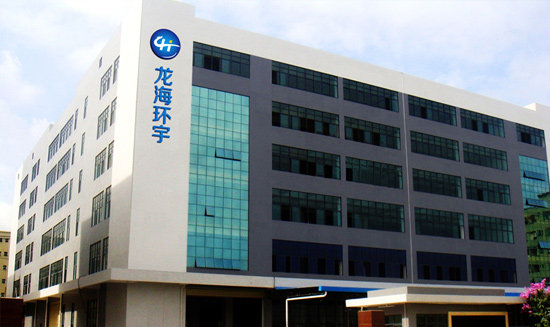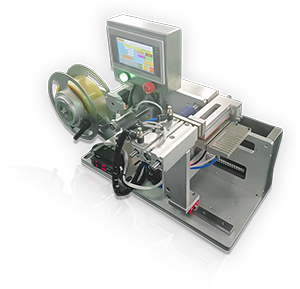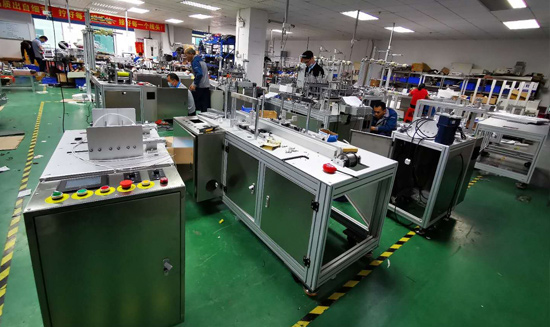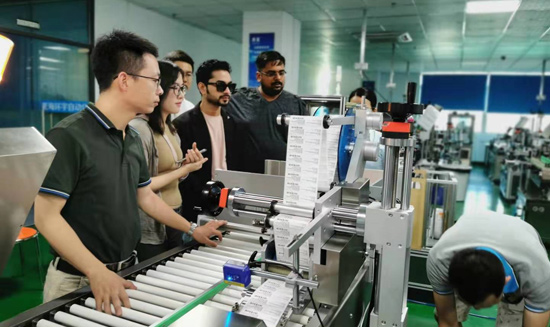视觉贴标机镜头选型指南:原理、应用与前沿技术
视觉贴标机镜头选型指南:原理、应用与前沿技术
一、镜头在视觉贴标中的核心作用
工业镜头是视觉贴标机的“光学大脑”,其性能直接影响成像质量和贴标精度。优质镜头可将0.01mm的标签偏移量转化为清晰的像素信号,为高精度定位提供数据基础。据行业统计,合理的镜头选型可使系统检测效率提升30%以上,不良率降低至0.1%以下。
二、镜头工作原理与关键参数
1. 光学成像原理
-
焦距公式:1/f = 1/u + 1/v(物距u,像距v)
-
视野计算:FOV = 传感器尺寸 × 工作距离 / 焦距
-
景深控制:DOF = 2 × 容许弥散圆 × F值²
2. 核心性能指标
| 参数 | 定义 | 工业标准 |
|---|---|---|
| 分辨率 | 单位长度可分辨线对数 | ≥120lp/mm(500万像素) |
| 畸变率 | 图像几何形变程度 | <0.1%(远心镜头) |
| MTF值 | 调制传递函数(成像清晰度) | 中心>0.6@100lp/mm |
| 工作距离 | 镜头前端到被测物的距离 | 50mm-1000mm可调 |
三、主流镜头类型与特性对比
1. 定焦镜头
-
特点:结构简单、成本低(¥500-3000)
-
适用场景:固定工位、产品类型单一的生产线
-
精度表现:±0.05mm(500万像素相机)
2. 变焦镜头
-
优势:焦距连续可调(如5-50mm)
-
局限:机械结构复杂,重复定位精度±0.1mm
-
典型应用:多品种小批量柔性产线
3. 远心镜头
-
技术特性:
-
接近零畸变(<0.03%)
-
恒定放大倍率(误差<0.1%)
-
-
成本:¥8000-50000(视倍率而定)
-
特殊设计:双侧远心结构消除透视误差
4. 液态镜头
-
创新技术:
-
毫秒级自动对焦(无需机械移动)
-
工作距离动态范围±20%
-
-
应用价值:解决产品高度波动导致的失焦问题
四、选型决策矩阵与行业应用
1. 电子行业高精度需求
-
场景:芯片二维码贴标(0.5×0.5mm)
-
配置方案:
-
5倍远心镜头(如OPT-T5X-90)
-
分辨率0.005mm/pixel
-
同轴光照明系统
-
2. 食品饮料高速产线
-
挑战:瓶体高度差异±5mm,速度300瓶/分钟
-
解决方案:
-
液态镜头(如Corning Varioptic A-39N0)
-
自动对焦速度<3ms
-
景深扩展至±8mm
-
3. 医药透明包装
-
特殊要求:穿透泡罩铝膜定位
-
技术组合:
-
近红外镜头(850nm波段)
-
大光圈设计(F1.4)提升透光率
-
背光照明系统
-
五、四大前沿技术趋势
1. 高分辨率小型化
-
趋势:2000万像素镜头体积缩小40%(如KOWA LM8JC)
-
技术突破:非球面镜片模压工艺
2. 智能对焦技术
-
AI驱动:
-
实时分析图像清晰度
-
自动调节焦距(精度±0.01mm)
-
-
应用案例:汽车零部件多层级贴标
3. 多光谱集成
-
技术方案:
-
可见光+近红外双通道镜头
-
同步检测表面印刷与内部结构
-
-
检测精度:材料区分准确率>99%
4. 3D视觉融合
-
创新应用:
-
结构光镜头(如Schneider Kreuznach Xenon)
-
深度测量精度±0.02mm
-
曲面贴合角度偏差<0.1°
-
六、选型五步法实战指南
步骤1:明确需求
-
精度要求(±0.1mm需500万像素+远心镜头)
-
工作环境(高温环境选宽温款-30~80℃)
步骤2:计算光学参数
-
分辨率 = 视野宽度 / 传感器横向像素数
-
景深 ≥ 产品高度波动量×1.5
步骤3:选型对比
| 场景 | 推荐镜头 | 成本区间 |
|---|---|---|
| 通用平面贴标 | 定焦C口镜头 | ¥800-2000 |
| 微小型元件 | 5X远心镜头 | ¥15000-30000 |
| 柔性产线 | 电动变焦镜头 | ¥5000-10000 |
步骤4:兼容性验证
-
接口匹配(C/CS/F接口)
-
与相机传感器尺寸适配(1/1.8"、2/3"等)
步骤5:现场测试
-
实际成像分辨率验证
-
连续工作8小时热稳定性测试
七、维护与优化建议
1. 日常保养
-
每周清洁镜片(使用专用镜头笔)
-
每季度检查密封圈防尘性能
2. 性能监控
-
MTF值年衰减率应<5%
-
畸变率波动范围±0.02%
3. 升级路径
-
现有系统可加装延长管扩展工作距离
-
老旧镜头更换为高透光率镀膜版本(透光率提升15%)
八、总结
镜头的科学选型是视觉贴标机成功应用的关键。随着液态镜头、AI对焦等新技术的普及,传统光学系统正经历智能化革命。建议企业根据产品特性选择适配方案,同时关注3D视觉与多光谱成像的前沿技术,以应对未来柔性制造的挑战。













 微信咨询
微信咨询